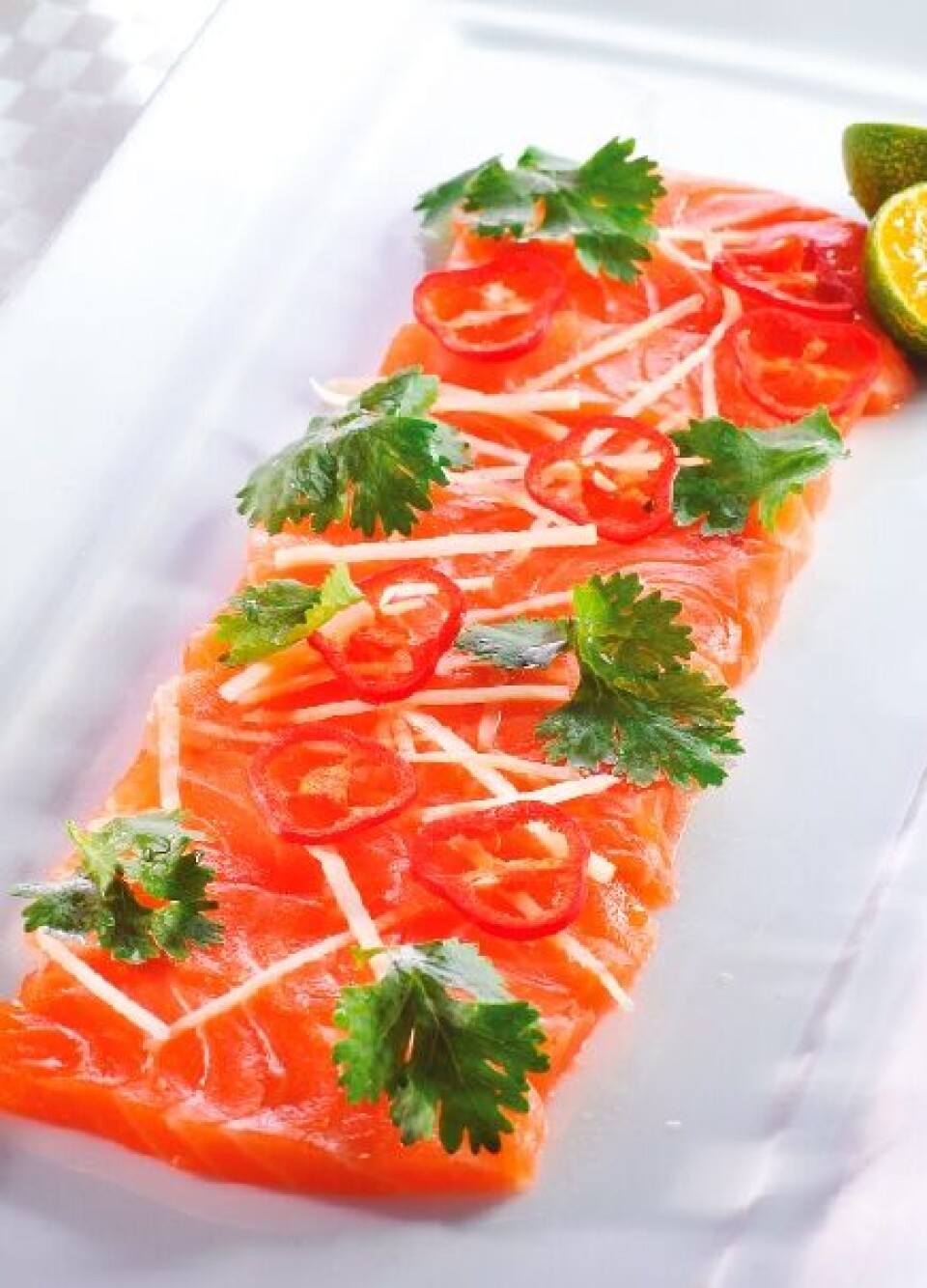Meat beats seafood
By Øyvind Sjøthun Røen and Linn-Therese Hosteland oyvind@kyst.no and linn@kyst.no
The results of a new study by Anne Chen Bugge at National Institute for Consumer Research (SIFO) are not good news for the seafood industry in Norway. The study shows that only a minority of the Norwegians meet the health authorities’ recommendations of having 3-4 seafood meals and 2-3 vegetarian meals each week. Only 17 per cent said they ate fish and seafood for dinner three days a week or more. The proportion who ate 2-3 vegetarian meals weekly was 15 per cent. There is therefore a long way to go before the nutrition policy objectives have been achieved. “There are several reasons, not least due to public health concerns, that make it vital to inspire Norwegians to eat more seafood. This report provides us with important knowledge in this work, as we see there is every reason to continue our campaigns to eat more seafood unabated,” Geir Bakkevoll, communications manager of the Norwegian Seafood Council, told Norsk Fiskeoppdrett/kyst.no.

Small selection Forty per cent of those taking part in the study attributed their low fish consumption to the "small selection in the store". However, it was clear that meat – especially beef – is a key competitor, with as many as 42 per cent of those surveyed saying that they preferred meat. Price and knowledge were not perceived as major limiting factors, however, neither was concern over seafood production methods. “Our surveys among Norwegian consumers through the years have shown us that the greatest barriers against eating more seafood are the perception that it takes a long time and is complicated to prepare and that it is not so popular with children. It is primarily these barriers we must lower to increase seafood consumption in Norway,” says Bakkevoll. “In addition we have tools and campaigns to address the various issues surrounding aquaculture, such as the website www.laksefakta.no, which has been a priority of our communications department in recent years,” Bakkevoll adds. He chooses to emphasize the positive findings in the study, observing that: “We see that both seafood and vegetables have increased nutritional status, and it is an important discovery that four out of ten surveyed say they have become more concerned about eating fish and seafood.” He also stresses that the council can use the results of reports such as this when they are going public and promoting seafood to the Norwegian people. “The clear conclusions and recommendations of the Scientific Committee for Food, not least when it comes to consumption of salmon, came after this report was ready. Therefore, we will communicate the recommendations here, as well as help verifiable, factual and credible information about Norwegian aquaculture through the website laksefakta.no, for there is clearly no reason to limit the intake of fish and seafood,” he reflects.

Lessons to be learned The project has been funded by the Norwegian Research Council and the Norwegian Information Office for Fruit and Vegetables. One of its key objectives is to identify opportunities and constraints to make healthier meal choices. “We learned a lot from this report, but the main features correspond well with the knowledge we already have in the Norwegian Seafood Council about what encourages and discourages consumption of seafood in Norway. This applies the importance of available and consumer-friendly products,” says Bakkevoll. The results will be presented at the closing seminar of the project, where SIFO and collaborators will discuss how to facilitate increased consumption of fish and vegetables. At the seminar, researchers from several scientific fields will communicate the results of the project and discuss how the knowledge gained from the project can be transferred to innovative product and meal solutions – both within and outside the home.
Positive future Bakkevoll says the Norwegian Seafood Council has figures showing that Norwegians buy about as much seafood as before, but this may be due to the fact that people eat more per meal, not more regularly. “Explanation for this is that more processed seafood products are being consumed – which offer more portions and fillets and less skin and bone. Put another way: Norwegians buy what they intend to eat, and eat what they have bought,” observes Bakkevoll. He believes the key to encouraging further growth in seafood consumption is to ensure good quality produce and to maintain a focus on products that are easy to prepare and consume. “We are trying to inspire and engage, in order to lower the barriers and bring more seafood onto the plate. The overall trend in recent years suggests that product quality and innovation are key elements to boost the effect of our and others' marketing efforts. The innovative salmon industry makes a good example here,” Bakkevoll adds.






















































